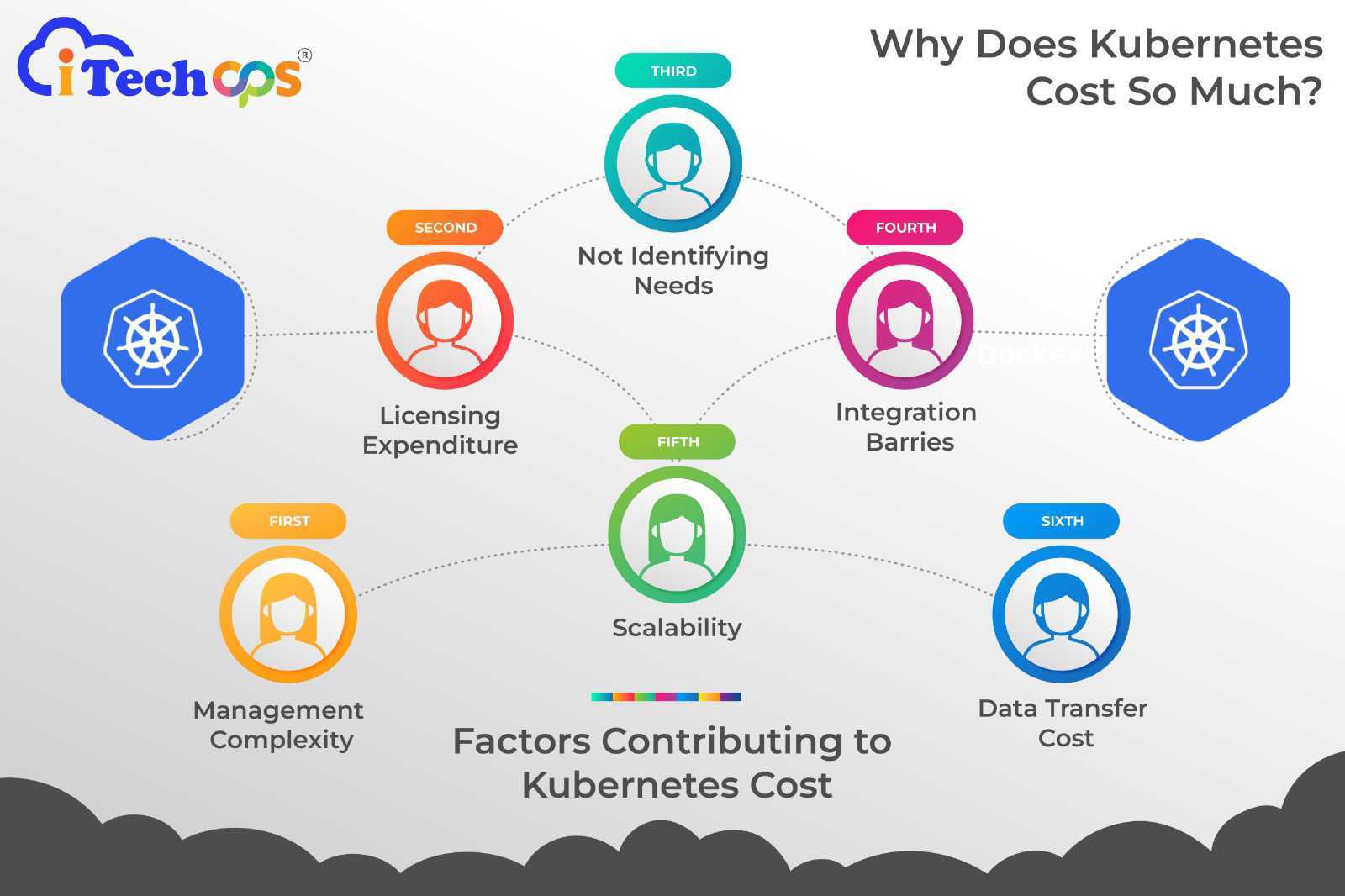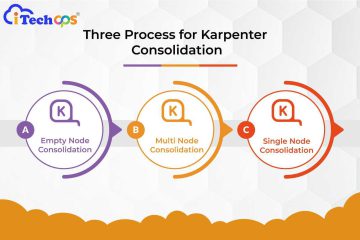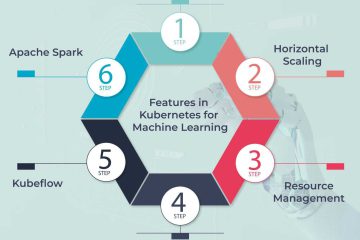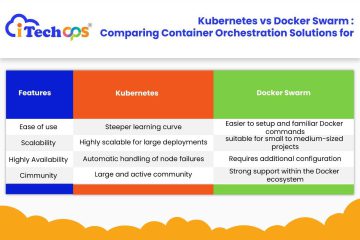Why Does Kubernetes Cost So Much?

If you are thinking about automating your software development, one of the most popular and effective options is Kubernetes. From effective container management to built-in commands for your applications, Kubernetes is the best option. However, people often find Kubernetes cost as expensive, which might be a bummer for those who operate on a small scale.
Have you ever wondered what causes this expense? A number of factors work together and contribute to Kubernetes’s high cost. While some can be managed, others cannot be controlled at all.
Factors Contributing To Kubernetes Cost
Some of the most common reasons that contribute to the high cost of setting up Kubernetes are:
1. Management Complexity
Kubernetes is a complicated system to handle. Not only does it require knowledge, but there are also recurrent updates that you need to know about. There are usually components to Kubernetes, like an API server, a scheduler, and a controller manager. If you want to manage these components at their best functionality and maintain proficiency, then hiring dedicated resources is imperative.
The management complexity of Kubernetes requires undivided attention, which can add to the high cost of incorporating it. For smooth functionality, you need to involve someone who has enough knowledge about handling Kubernetes, which can add to the operational cost.
2. Licensing Expenditure
Kubernetes is highly developed, and hence, many specific features add to its ease of use. Buying a license is important to ensure that Kubernetes can work effectively and render you the best results. It allows you to access premium features. Kubernetes has licensing expenditures, which usually come from enterprise vendors.
The basic function is free, but you will not be able to achieve much with this offer. If, as a commercial enterprise, you want to achieve the most out of Kubernetes, then it is imperative to depend on the premium models usually; if the customization needs are more, then the cost tends to be on the higher end.
3. Not Identifying Needs
When you are all set to use Kubernetes and want to make the purchase, you must have a complete idea of what your needs are. Often, enterprises are unable to have a good idea of their individual needs and then end up spiraling the cost more than it is needed. You have to figure out factors like the appropriate time to use, the quantities that you need to use for nodes, and the policies that encircle autoscaling.
Although it can be tempting to shift to autoscaling, the best decision you can make is to have a good insight into the resources you have. If you do not have the bandwidth, it is best to hire resources that can help you avoid adding to the cost unnecessarily.
4. Integration Barriers
A common problem that you might face with Kubernetes applications is finding a way to integrate them with your existing infrastructure. Along with being completed, it is quite time-consuming, which adds to the cost of Kubernetes. Companies may need to invest in developing custom solutions or integrating third-party tools.
These tools can ensure seamless operation with the existing ecosystem; however, they are quite expensive. Usually, these integration efforts will incur additional costs. These are usually in terms of development time, licensing fees, and maintenance. The integration cost can build up quite quickly, and hence, being aware of your current system is crucial.
5. Scalability
When your business starts growing, it is given that the Kubernetes needs for your company will also start growing. In such cases, you have to revise the costs that you allocate to Kubernetes and define your needs again. This is not a one-time investment, and hence, there is a chance that the Kubernetes overhead cost might be higher than you think.
Scaling Kubernetes clusters horizontally to accommodate increased workload demands often requires additional resources. This can also increase overhead costs in management and maintenance.
6. Data Transfer Cost
Usually, the Kubernetes clusters work across availability zones and regions. This can help one to strengthen the resilience of the application for disaster recovery. However, you will incur data transfer costs any time the pods are put across various availability zones. They usually tend to communicate in the following ways.
1. Pods in one area communicate with the pods in another area.
2. Pods communicate with the control center of Kubernetes.
3. Pods communicate with load balancers, which are like traffic directors for your apps.
4. Pods communicate with outside services, like databases or other programs.
5. Data gets copied to different areas to make sure it’s safe in case of a big problem.
How To Optimize The Kubernetes Cost?
Although there are certain components for Kubernetes costs that are completely out of control, there are a few tips to adapt that can help you optimize the Kubernetes cost. Some of these are:
1. Right Size Resources
It is imperative to always allocate the right resources to your pods. Do not overprovision, as this can lead to higher costs than usual. On the contrary, underprovisioning can heavily impact performance. Try to use tools that can help you better allocate the right sizes.
2. Cost Monitoring
Being regularly updated and having a good idea about what the daily expenses are is a good way to curb the cost of Kubernetes. Use cloud provider billing and monitoring tools, as well as third-party solutions, to gain insights.
3. Node Configuration
The cost of nodes in a Kubernetes cluster depends on several factors that can be adjusted through configuration. These factors include the amount of CPU and memory allocated to each node, the choice of operating system, and the type and brand of processor. Optimizing the node configuration can lead to lower costs as well.
Conclusion
Kubernetes is highly effective, and if you have complete insight, the costs can be optimized to a great extent. The powerful capabilities of Kubernetes, like container orchestration and deployment, do impose some costs. However, if you take expert help and understand the work, you can greatly benefit from Kubernetes. By using these cost optimization strategies, you can effectively save on costs and not compromise on functionality. However, the cost optimization strategies do not impact the quality of the functioning. Before you implement the same, it is best to gain professional insight from itechops.com.



0 Comments